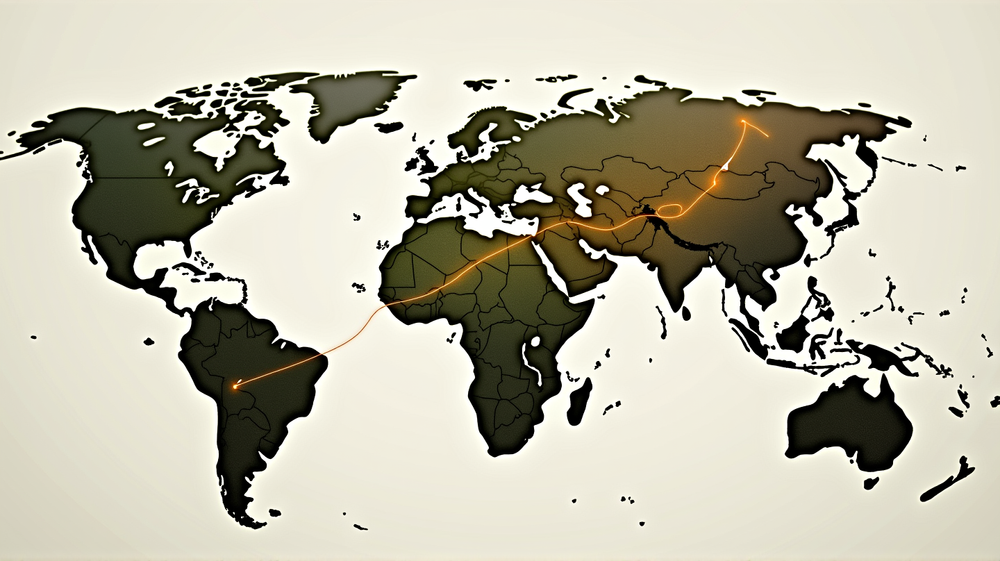A New Era of Agricultural Decision-Making Unveiled
In a shocking turn of events, escalating tensions between Israel and Iran have sent ripples through the global fertilizer market, casting doubts on future pricing and availability. The delicate political balance in the Middle East—crucial to the global urea market—has been disrupted, prompting American farmers to reevaluate their fall fertilizer plans.
A Domino Effect on Production
Economist Josh Linville from StoneX elaborates on the intricate web of consequences the geopolitical strife has woven. His insights reveal that Israel, alongside Iran and Egypt, are pivotal players in the urea market. With Iran’s preemptive closure of gas fields and Egypt’s reliance on Israeli gas, global nitrogen production has taken a significant hit. This disruption fuels steep price rallies, leaving farmers across the globe anxious about cost-effectiveness.
The Dilemma of Rising Costs
Josh Linville emphasizes the tough choices American farmers face: “We’re witnessing unprecedented price highs for fertilizers like DAP, MAP, and potash, breaking records set over a decade ago.” Farmers are forced to weigh the cost-effectiveness of fall applications against the soaring December corn prices—a balancing act that will test their economic acumen.
A Year of Uncertainties and Surprises
Despite a tentative calm returning, the fertilizer market remains volatile. The mix of geopolitical uncertainties and historical price spikes drives unpredictability in strategies and applications. While hopes for stabilization linger, the question remains: How will this influence future harvest strategies?
Looking Beyond: An Opportunity in Disguise?
As uncertainties loom, the unfolding scenario might harbor hidden opportunities. “We must keep our heads up,” Linville advises. “Navigating this landscape might reveal potential areas for growth and innovation in agricultural practices.” According to RFD-TV, adapting to these market dynamics requires innovation and agility among producers, potentially unveiling new pathways for development.
The implications of this geostrategic upheaval are just beginning to surface, with ramifications that could redefine future agricultural practices far beyond American soil.












